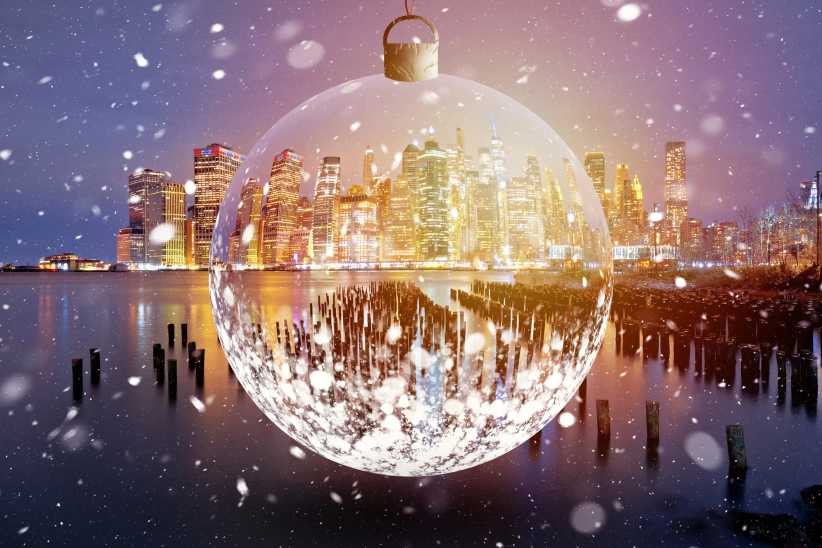Don’t miss your chance to protect your garden from frost heaving this winter by mulching your perennial beds, courtesy of Mulchfest 2011.
The New York City Department of Parks and Recreation, Department of Sanitation and GreeNYC are sponsoring the event on Saturday and Sunday, January 8 and 9, from 10 a.m. to 2 p.m. at several locations around the borough where residents can bring their Christmas trees and wreaths to be cut up into mulch free of charge.
In the colder months, perennials may be susceptible to a cycle of freezing and thawing known as frost heaving, according to Patrice Kleinberg, deputy director at the Queens Botanical Garden. The heaving can push the root balls of the plants out of the soil. If they are exposed to the cold for too long, they will quickly dry up and die.
She noted that cut tree boughs and chipped evergreen trees make for effective mulch to insulate root balls from temperature changes. One should apply 3 to 5 inches of chipped mulch after the ground is frozen, to keep it frozen. It should be spread on soil and mounded around dormant plants.
Mulch should not smother the crown of the plant, to prevent rotting. Kleinberg noted that the crown is like the stem cell of the plant, where new growth in the spring will occur; it should be exposed so excess water can dry out. If keeping mulch in perennial beds, she said to side-dress them with a balanced organic fertilizer.
For tree pits, she advised against piling mulch against the bark. She instructed mounding mulch around the tree, tapering down from the bare soil to the trunk to avoid contact between the bark and soil.
Kleinberg also reminded that good gardeners should consistently monitor their plants for irregularities. If frost heaving does occur, one can gently push the root balls back into the soil, taking care not to compact it, since it will be wet.
Kleinberg said she loves using cut up Christmas tree boughs as mulch because she does not need to worry about smothering the crowns. The boughs allow the crowns to breathe, even when saturated, while keeping soil frozen.
In the spring, she removes the boughs. She noted that though needles may fall off, they are typically of no issue because they quickly decompose and because most perennials grow best with a slightly acidic pH level. The rest of the boughs can be disposed of in a compost bin.
She also explained that here in New York, colder temperatures usually coincide with Christmas, which proves advantageous for gardeners looking for mulch. A hand pruner can handle the task of making mulch. However, one can visit the Mulchfest to get rid of their Christmas leftovers and receive free mulch, too.
Queens Locations:
Chipping Sites:
Astoria Park, 19th Street and Hoyt Avenue
Brookville Park, Brookville Boulevard/Caney Road to 144th Avenue
Cunningham Park, Visitor Parking Lot and 196th Street
Forest Park Bandshell,
Forest Park Drive – west of Woodhaven Boulevard
Juniper Valley Park, 80th Street between Juniper Boulevard North and South
Kissena Park Velodrome at Booth Memorial Avenue and Parsons Boulevard (Sunday only)
Land Restoration Project Compound,
Queens Plaza south and 10th Street
Travers Park, 78th Street at 34th Avenue
Mulch is available at chipping sites only.
Drop Off Only:
Baisley Pond Park, Baisley Pond Avenue – in parking lot
Kissena Park Velodrome at Booth Memorial Avenue and Parsons Boulevard (Saturday only)
Rockaway Beach, Shore Front Parkway and Beach 94th Street
































